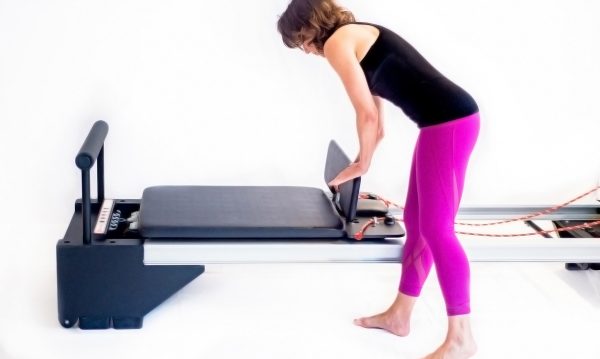

Similarly, planks teach you correct upright posture, which is especially important when you’re lifting weights (or even a kid or a heavy suitcase). “Over time, if the core isn’t working enough and your back is working too much, you could develop back issues or pain.” That’s why if you are having back pain, your trainer will likely add some core-strengthening and stabilizing exercises to your workouts. “Your core stabilizes your spine, so if your core is weak, your spine has to kick in more to perform tasks,” Langhans says. “At the end of the day, planks are important because they are amazing for your core, and a strong core means a strong body,” Langhans says.Ī strong core can also reduce your risk of back pain. Stabilizers in your core help hold your torso in place-and resist rotating, leaning to the side, or flexing-when you’re doing everything from lifting to running to simply bending to the side or sitting upright with proper posture. Stabilizer muscles in your shoulders are important to hold your arm securely in that overhead position while the bigger muscles do the brunt of the heavy-lifting work. For example, if you’re training with kettlebells or a barbell and lifting weight overhead, it’s really important to lock out your body and be able to stabilize yourself underneath the weight, Peel says. Stabilizer muscles are all the small muscles that help keep muscles and joints stable when you do certain movements. They do this by challenging the stabilizer muscles that may not get as much attention with bigger lifting exercises. But after a certain point, their primary function is to build and maintain stability in your core and shoulders. If you’re just starting to exercise, planks will help you build strength. You should feel this move mainly in your rectus abdominis (the muscles that run vertically on either side of the front of your abdomen) and transverse abdominis (the deep muscles in your abdominal wall), but also in your quads, glutes, shoulders, T-spine (upper back), and feet, she says. While the plank is primarily a core exercise, it really targets many muscles all at once-remember, your core includes more than just your abs. The two most common planks are a high plank (supporting your torso on your hands) and a forearm plank (on your forearms), says Langhans. Even if you add a crunch or move your feet to mix things up, you’re still maintaining that isometric hold. Although some plank variations do add movement, in their simplest form planks require tensing up your body in one position and holding still. “I like to refer to planks also as ‘owning a position,’” Peel says. Contrast that to a move like a squat or a bicep curl, which has both the shortening (concentric) and lengthening ( eccentric) phases. You don’t bend any joints, and your muscles don’t lengthen or shorten.

What is a plank?Ī plank is an isometric exercise, which is a move where you contract your muscles and hold them in one position, NSCA-certified personal trainer Renee Peel, a kettlebell specialist and founder of PeelFit Training, tells SELF. Here’s what planks really are, and why you should add plank exercises-of all kinds-to your workout routine.

#San francisco spine stabilization program how to#
While yes, the first step is mastering a regular plank (FYI, here’s how to do one like a pro), once you do, there are so many great ways to mix it up. “If you can’t do a proper plank, then attempting more complex or advanced moves is going to be very difficult,” Langhans says. “I like to call them ‘home base.’” That means you might be doing moving plank variations in exercises where you don’t even realize it, such as a push-up and a mountain climber. “Trainers love planks because they are efficient, effective, and a necessary prerequisite to many other exercises,” Jenna Langhans, C.P.T., a NASM-certified personal trainer and group fitness instructor in New York City, tells SELF. There are a number of variations on the plank, which all have similar benefits, yet each will hit your core and shoulder muscles just a little bit differently-a welcome changeup for both brain and body. The thing is, a regular old plank is far from the only exercise of its kind. But the downside to the simple plank’s popularity is that there’s a chance you may see it in nearly every workout you try. Plank exercises are loved by tons of trainers.


 0 kommentar(er)
0 kommentar(er)
